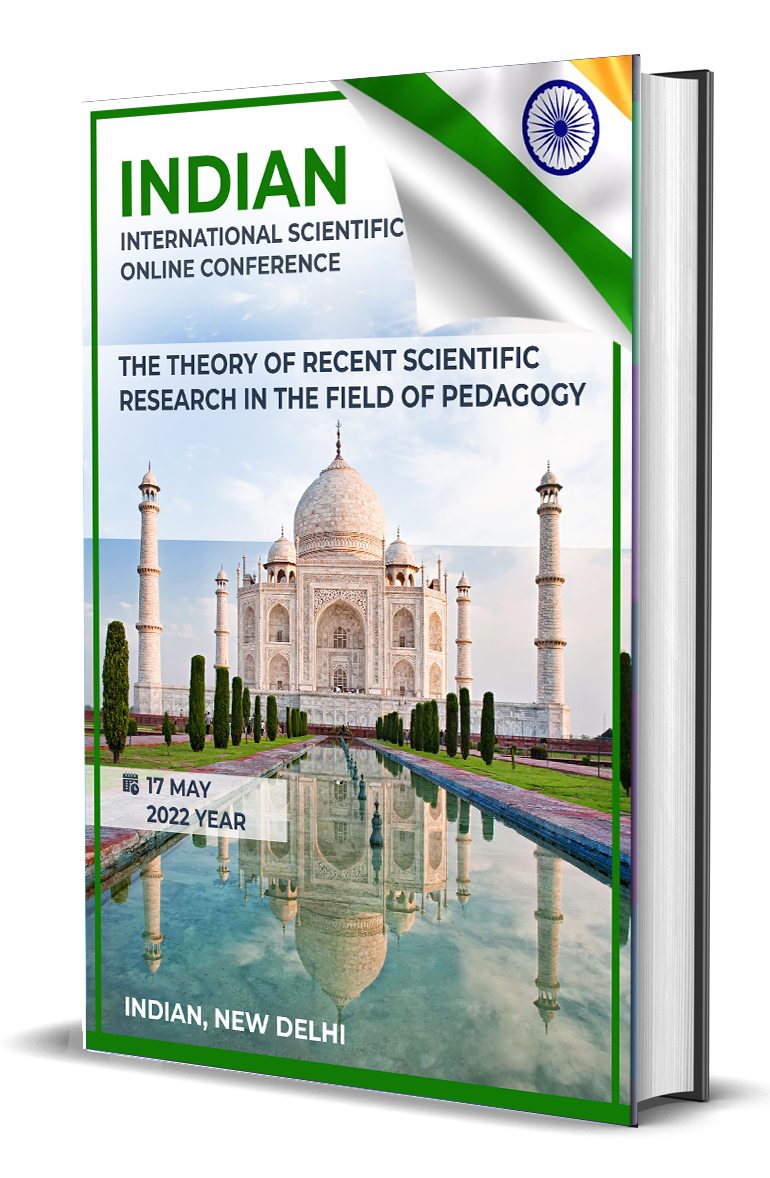LANGUAGE REVITALIZATION EFFORTS: A SOCIOLINGUISTIC PERSPECTIVE
Keywords:
language revitalization, sociolinguistics, cultural heritage, linguistic diversity, global language endangerment, community-driven initiatives, sustainable development, human rights, case studies, language policy, interdisciplinary collaboration, cultural empowerment.Abstract
This article explores the dynamics of language revitalization efforts from a sociolinguistic perspective, emphasizing their crucial role in preserving cultural heritage and linguistic diversity. Delving into global language endangerment scenarios, the study analyzes socio-cultural, economic, and political factors contributing to language decline. Drawing on case studies and theoretical frameworks, it highlights successful language revitalization models, focusing on community-driven strategies, cultural empowerment, and innovative technology applications. The discussion encompasses challenges, opportunities, and broader implications within a framework of sustainable development and human rights. The article calls for interdisciplinary collaboration and continued research to address the intricate issues surrounding language revitalization.
References
Blommaert, J. (2010). The Sociolinguistics of Globalization. Cambridge University Press.
Bourdieu, P. (1991). Language and Symbolic Power. Harvard University Press.
Cooper, R. L. (1989). Language Planning and Social Change. Cambridge University Press.
Dorian, N. C., & Krauss, M. E. (1991). Collaborative Surveys of Language Shift: Theoretical Bases and Methods. International Journal of the Sociology of Language, 1991(88), 25-50.
Fishman, J. A. (1991). Reversing Language Shift: Theoretical and Empirical Foundations of Assistance to Threatened Languages. Multilingual Matters.
Fishman, J. A. (2001). Can Threatened Languages Be Saved? Clevedon: Multilingual Matters.
Grenoble, L. A., & Whaley, L. J. (2006). Saving Languages: An Introduction to Language Revitalization. Cambridge University Press.
Harlow, R. (2007). Language Revitalization Processes and Prospects: Quandaries and Questions. In H. Williams & R. Harlow (Eds.), Advances in the Study of Societal Multilingualism (pp. 301-318). Mouton de Gruyter.
Harrison, K. D. (2007). When Languages Die: The Extinction of the World's Languages and the Erosion of Human Knowledge. Oxford University Press.
Hornberger, N. H., & Johnson, D. C. (2007). Slicing the Onion Ethnographically: Layers and Spaces in Multilingual Language Education Policy and Practice. TESOL Quarterly, 41(3), 509-532.
McCarty, T. L., & Zepeda, O. (2006). The Role of Indigenous Language in the Intellectual and Cultural Development of the Tohono O'odham Youth on the Papago Reservation. Bilingual Research Journal, 30(1), 101-122.
McCarty, T. L. (2008). Revitalizing Indigenous Languages in Homogenizing Times. Comparative Education Review, 52(1), 130-148.
May, S. (2001). Language and Minority Rights: Ethnicity, Nationalism, and the Politics of Language. Routledge.
Pennycook, A. (2007). Global Englishes and Transcultural Flows. Routledge.
Silverstein, M., & Urban, G. (1996). The Natural History of Discourse. In M. Silverstein & G. Urban (Eds.), Natural Histories of Discourse (pp. 1-18). University of Chicago Press.
Skutnabb-Kangas, T. (1999). Linguistic Genocide in Education – Or Worldwide Diversity and Human Rights? Lawrence Erlbaum Associates.
Skutnabb-Kangas, T. (2000). Linguistic Genocide in Education – or Worldwide Diversity and Human Rights? Routledge.
Spolsky, B. (2004). Language Policy. Cambridge University Press.
Valentine, J., & Kulay'ew, T. (2010). The Myaamia Project: Engaging the Language Issue. Wicazo Sa Review, 25(1), 21-48.
Williams, C. (1996). Language Revitalization in Practice: A Course in Welsh for Adults. Multilingual Matters.
Wilson, W. H., & Kamana, K. (2001). E Kūlia I Ka Pono: The Hawaiian Language Media Assessment. Awaiaulu Press.





